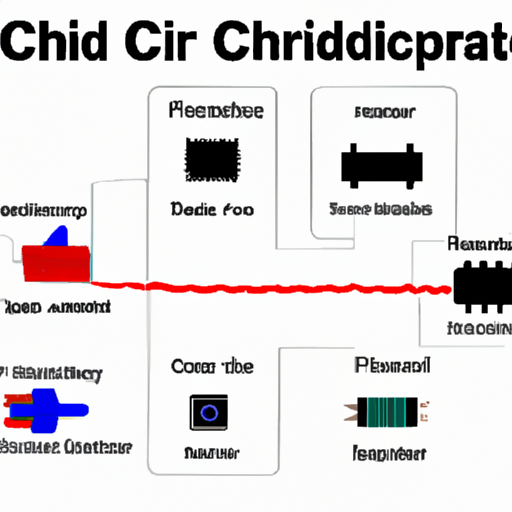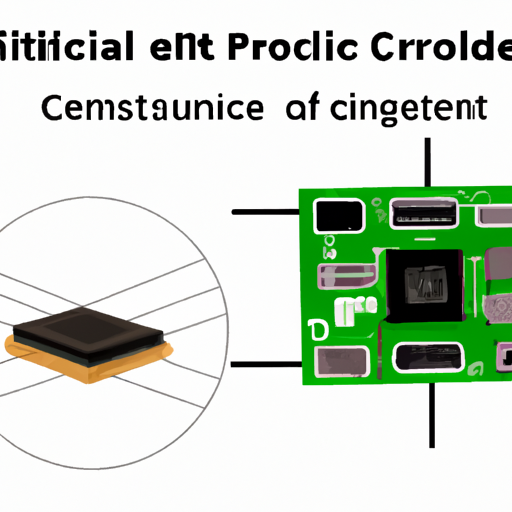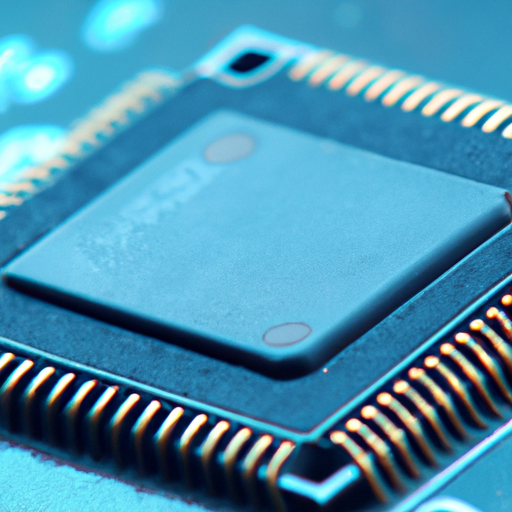What is the New Resistor and When Will It Be Released?
I. Introduction
Resistors are fundamental components in electronic circuits, serving the crucial role of controlling the flow of electric current. By providing resistance, they help to manage voltage levels, protect sensitive components, and ensure that devices operate safely and efficiently. As technology advances, so too does the need for improved resistor technology. This article will explore the latest innovations in resistor design, focusing on a new type of resistor that promises to enhance performance and reliability across various applications. We will also discuss the anticipated release timeline for this exciting new technology.
II. Background on Resistor Technology
A. Traditional Resistors
Traditional resistors come in various types, including carbon, metal film, and wire-wound resistors. Each type has its own set of characteristics, advantages, and limitations. For instance, carbon resistors are inexpensive and widely used, but they can have higher tolerances and temperature coefficients compared to metal film resistors, which offer better precision. Wire-wound resistors, on the other hand, are known for their high power ratings but can be bulkier and less suitable for high-frequency applications.
Despite their widespread use, traditional resistors have limitations, particularly in terms of size, performance, and thermal management. As electronic devices become smaller and more complex, the demand for resistors that can meet these challenges has grown.
B. Evolution of Resistor Technology
The evolution of resistor technology has been marked by advancements in materials and manufacturing processes. The introduction of surface-mount technology (SMT) has allowed for the production of smaller, more efficient resistors that can be easily integrated into compact circuit designs. SMT resistors are typically more reliable and can be produced at a lower cost, making them a popular choice in modern electronics.
III. The New Resistor: Features and Innovations
A. Description of the New Resistor
The new resistor technology represents a significant leap forward in resistor design. Utilizing advanced materials such as thin-film technology and nanomaterials, these resistors are engineered to deliver superior performance. The design incorporates a compact form factor, allowing for easy integration into a wide range of applications.
B. Key Features
1. **Enhanced Performance**: The new resistors boast improved tolerance levels and a lower temperature coefficient, which means they can maintain their resistance values more consistently across varying temperatures. This is particularly important in applications where precision is critical.
2. **Miniaturization and Integration**: With the trend toward smaller electronic devices, the new resistors are designed to be significantly smaller than traditional options. This miniaturization allows for more efficient use of space on circuit boards, enabling designers to create more compact and powerful devices.
3. **Improved Thermal Management**: One of the standout features of the new resistor technology is its enhanced thermal management capabilities. These resistors are designed to dissipate heat more effectively, reducing the risk of overheating and improving overall reliability.
C. Comparison with Traditional Resistors
When compared to traditional resistors, the new technology offers several advantages. Performance metrics such as tolerance, temperature stability, and thermal management are significantly improved, making these resistors more suitable for high-performance applications. Additionally, the cost-effectiveness of the new resistors is expected to make them an attractive option for manufacturers looking to optimize their production processes.
IV. Applications of the New Resistor
The versatility of the new resistor technology opens up a wide range of applications across various industries:
A. Consumer Electronics
In consumer electronics, the demand for compact and efficient devices is ever-increasing. The new resistors can be integrated into smartphones, tablets, and wearable devices, enhancing performance while saving space.
B. Automotive Industry
The automotive industry is rapidly evolving, with a growing emphasis on electric vehicles and advanced driver-assistance systems (ADAS). The new resistors can play a critical role in these applications, providing reliable performance in challenging environments.
C. Telecommunications
As telecommunications technology advances, the need for high-performance components becomes paramount. The new resistors can support the demands of 5G networks and other high-speed communication systems, ensuring signal integrity and reliability.
D. Industrial Automation
In industrial automation, the new resistors can enhance the performance of control systems and sensors, contributing to greater efficiency and reliability in manufacturing processes.
E. Medical Devices
In the medical field, precision and reliability are crucial. The new resistors can be used in medical devices, ensuring accurate readings and safe operation in critical applications.
V. Release Timeline and Availability
A. Announcement of the New Resistor
The new resistor technology was officially announced at a recent electronics trade show, generating significant interest among manufacturers and engineers. The announcement highlighted the key features and potential applications of the new resistors, setting the stage for their upcoming release.
B. Expected Release Date
While specific release dates can vary, the new resistors are expected to hit the market within the next six months. Manufacturers are currently finalizing production processes and preparing for mass distribution.
C. Pre-order and Distribution Channels
Pre-orders for the new resistors will be available through various distribution channels, including online electronics retailers and direct sales from manufacturers. This will allow engineers and designers to secure their supply ahead of the official release.
D. Market Reception and Initial Feedback
Initial feedback from industry experts and early adopters has been overwhelmingly positive. Many are excited about the potential of the new resistors to enhance performance and reliability in their applications.
VI. Implications for the Electronics Industry
A. Impact on Design and Manufacturing Processes
The introduction of the new resistor technology is expected to have a profound impact on design and manufacturing processes. Engineers will have access to components that offer superior performance, allowing for more innovative circuit designs and improved product reliability.
B. Potential for Innovation in Circuit Design
With the enhanced capabilities of the new resistors, designers will be able to explore new possibilities in circuit design. This could lead to the development of more efficient and powerful electronic devices, pushing the boundaries of what is currently possible.
C. Long-term Benefits for Consumers and Manufacturers
In the long run, the adoption of the new resistor technology is likely to benefit both consumers and manufacturers. Consumers will enjoy more reliable and efficient devices, while manufacturers can reduce costs and improve product performance.
VII. Conclusion
The new resistor technology represents a significant advancement in the field of electronics, offering enhanced performance, miniaturization, and improved thermal management. As we look to the future, the implications of this technology for the electronics industry are vast, with the potential to drive innovation and improve the reliability of electronic devices. Engineers and designers are encouraged to explore the possibilities that this new resistor technology presents, paving the way for the next generation of electronic devices.
VIII. References
1. Smith, J. (2023). "Advancements in Resistor Technology: A Comprehensive Overview." Journal of Electronics Engineering.
2. Johnson, L. (2023). "The Future of Resistors: Innovations and Applications." Electronics Today.
3. Brown, A. (2023). "Surface-Mount Technology: Revolutionizing Resistor Design." International Journal of Circuit Design.
4. Electronics Industry Association. (2023). "Market Trends in Resistor Technology." Industry Report.
This blog post provides a comprehensive overview of the new resistor technology, its features, applications, and implications for the electronics industry, while also addressing the anticipated release timeline.












